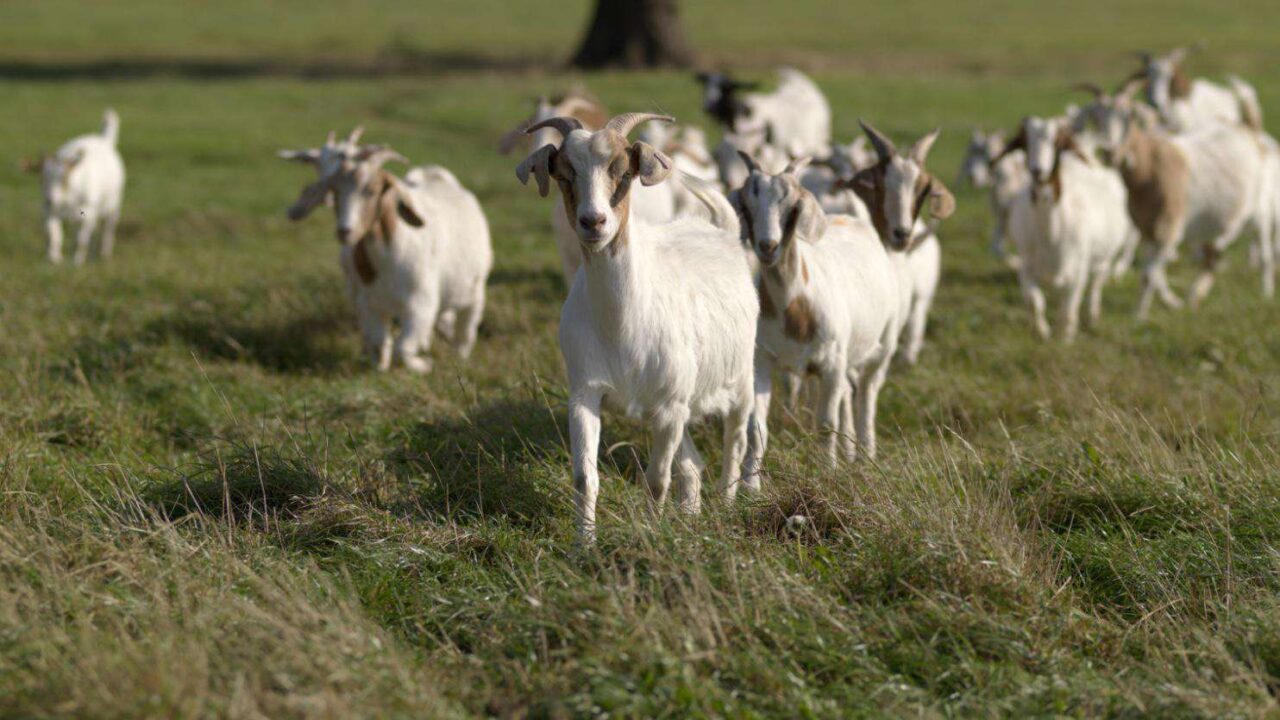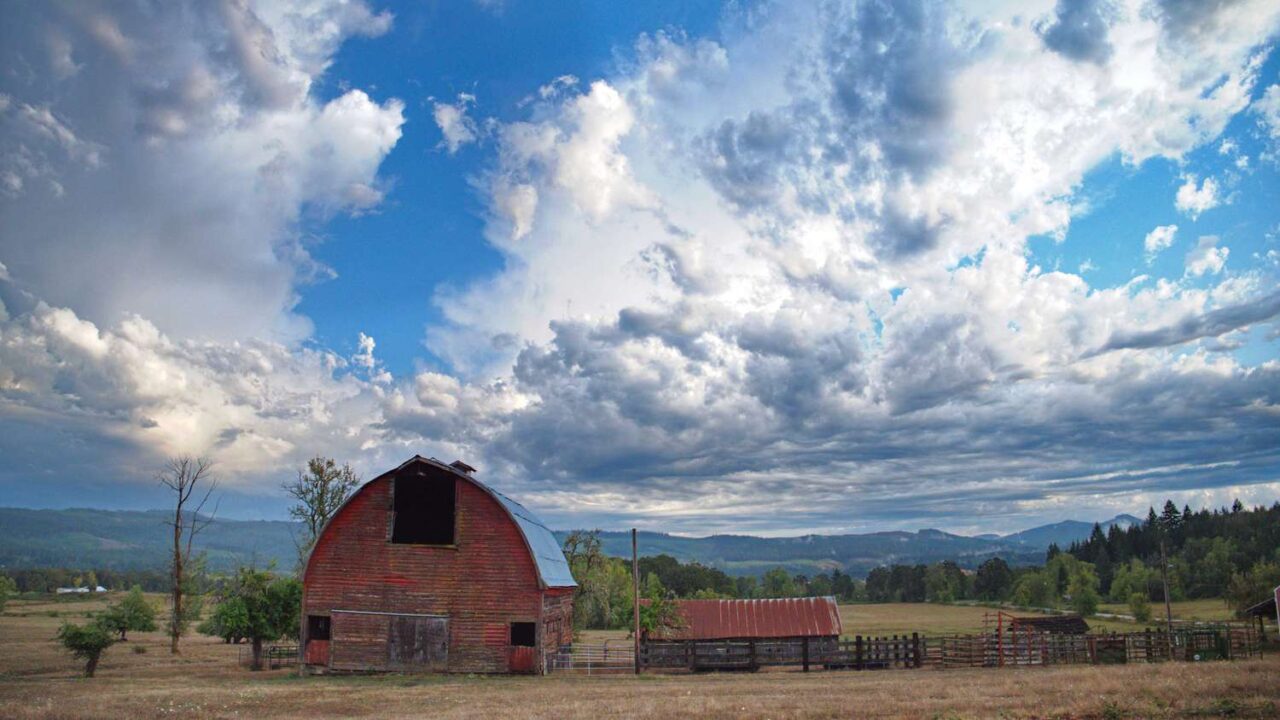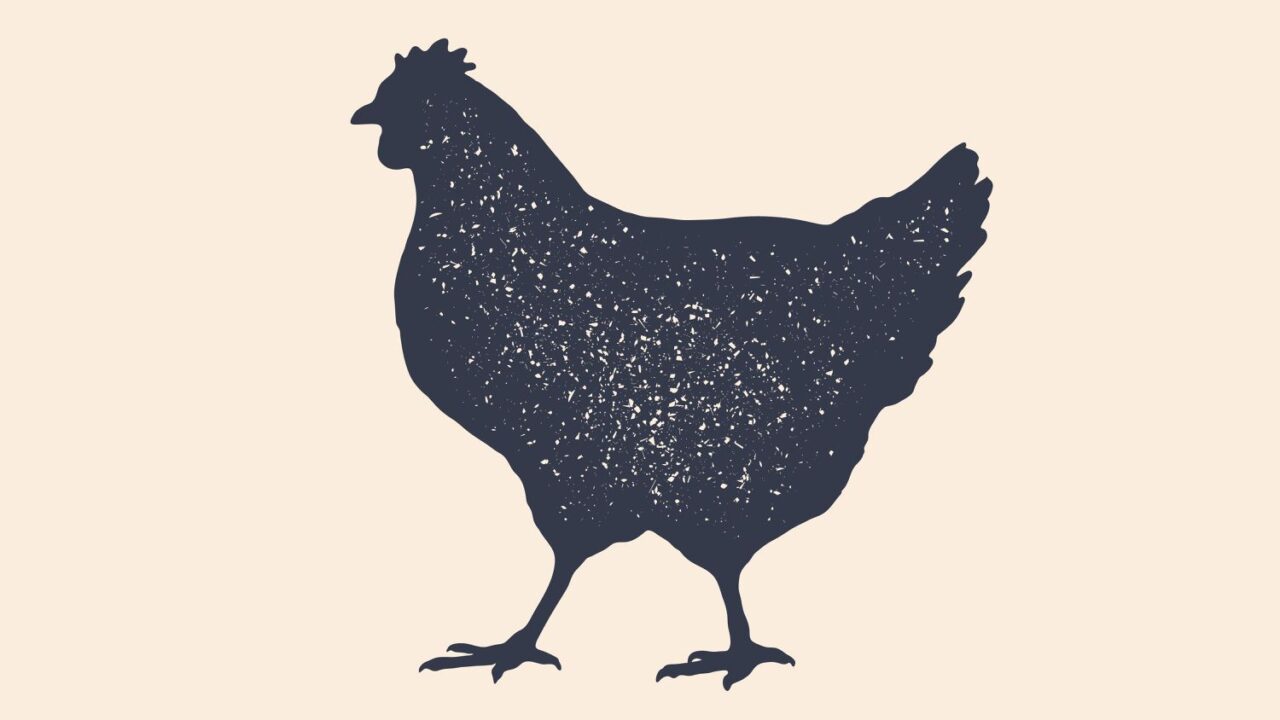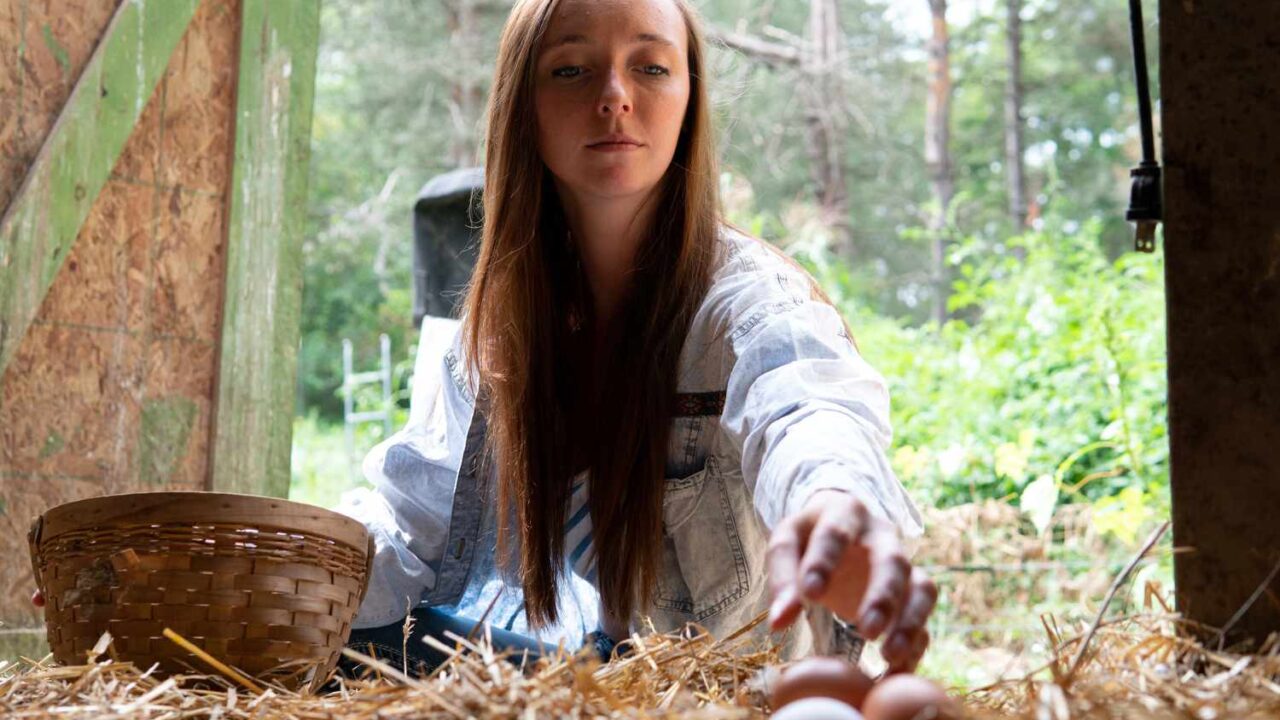I like consuming root veg however I do not develop them a lot as another greens, primarily as a result of every plant can solely be harvested as soon as. Not like runner beans or tomatoes, which you’ll decide over a number of weeks, even months.
One more reason I am hesitant to develop some root veg is that I’ve hardly ever had constant success with beetroot, radish or carrots. It stays a thriller to me why their roots typically swell up superbly and typically don’t…. Is it to do with spacing, soil high quality, solar, watering, pot dimension, feeding – or a maybe a mixture of all these?
In an try to be taught extra about them, I devoted considered one of my rising ladders to root veg this 12 months.
I grew carrots, leeks, spring onions, beetroot, and radish in bucket sized pots. I began by sowing them shut collectively, aiming for max yield. I then thinned them out as they grew.

Two weeks after sowing. The wire mesh is to maintain out the blackbirds digging up the seedlings. Clockwise from high left: Tokyo lengthy white bunching onions, radish, spring onions / scallions, beetroot, leek, carrot.
This is how they every did.
Radish
Radish are sometimes described as simple to develop, however many people (together with myself) wrestle to develop them persistently in containers. Generally they swell up properly, typically not.
Fortunately, this sowing (selection Chioggia) did properly. I thinned the crops out after a few weeks to go away about 1cm between them. Younger radish leaves are edible and engaging, so we ate the thinnings, stir fried with lemon and garlic. Scrumptious.
The primary crop was then harvested 5 to seven weeks after sowing. This is one of many pickings:

Radishes do not at all times plump up properly in containers…. fortunately these ones did okay.
Radishes are quick to develop, usually able to eat in simply three or weeks. The leaves are tasty, too. This makes them an incredible selection when you’ve got an empty pot to fill for just some weeks.
As I stated earlier than, the roots do not at all times plump up properly – so do not be too onerous on your self for those who simply get a harvest of tasty leaves!
Spring Onion / Scallions (selection ‘White Lisbon)
This was by far probably the most profitable crop within the experiment, and has satisfied me that spring onions / scallions are one of the vital worthwhile and productive selections for small areas. Moreover, it appears they are often picked over many weeks with out going powerful or bitter (certainly, I nonetheless have some within the pot over 8 months later!). I wrote a separate put up about rising these right here.

One in every of many bunches of spring onions picked from the one bucket. Scrumptious freshly picked, too!
Japanese bunching onions
Just like the spring onions, these had been pleased to develop very carefully spaced, most likely solely about 1/2 cm / 1/4 inch between crops. They grew strongly and even bigger than the spring onions.
Nevertheless, in contrast to the spring onions, I seen they wanted choosing inside a shorter timeframe – or the leaves began to free their color. Nonetheless, they continue to be a extremely productive and scrumptious crop – making them a sensible choice for our small container gardens.

The Japanese bunching onions, high left, grew sturdy and huge – however began to lose vigour as soon as they received to this dimension. So that they have to be picked sooner – or maybe grown in a bigger pot with more room.
Leeks
These did OK however had been a lot slower to develop (the variability was Carentan). After reaching a sure dimension (about pencil thick), their progress stalled. I think they could have benefitted from more room (every plant was about 1cm / 1/2 inch aside, after which thinned to 2 cm / 1 inch) and a bigger pot. The small leeks had been tender and engaging to eat. Nevertheless, total, it didn’t appear to be an incredible yield. I’ll proceed to experiment by utilizing a bigger pot and giving every plant more room to see if it ends in a greater harvest.
Carrots
I don’t develop usually develop carrots, primarily as a consequence of a scarcity of constant success with them – and since they’re so low cost to purchase. I selected the variability Parisian Paris Market for his or her quick stubby roots and good flavour.
I sowed them shut (1/2cm / 1/4 inch between seeds), after which thinned to about 1cm aside. Not like the spring onions, they didn’t seem to love this shut spacing. The harvest was tasty however the roots small, making them fiddly to cope with, and never giving a lot to eat.

An unsatisfying harvest of relatively small carrots, most likely as a result of grown too shut collectively.
I then resowed the carrots in two extra pots, giving the seeds more room (about 1.5cm / 3/4 inch between seeds) to see if this made a lot distinction. I additionally grew some in new potting combine and a few in outdated potting combine with added fertiliser. The better spacing labored higher and produced some first rate sized carrots. Curiously, they thrived higher within the outdated potting combine than the brand new one. We could not be capable to draw many conclusions from this, besides that carrots can nonetheless develop properly in outdated potting combine.

Giving every carrot more room resulted in barely bigger carrots.
Beetroot
My technique with beetroot is often to sow shut, after which skinny out as they develop, leaving simply six to 10 crops within the pot to swell up. I take advantage of the thinnings for his or her leaves, that are tender and engaging (like an earthy spinach). Nevertheless, as with radish and carrots, the diploma to which the roots then plump up in my containers appears to be variable. Fortuitously, this time, they carried out moderately properly, regardless of the crops not wanting significantly wholesome (see leaves within the picture under).

Not a foul harvest from a bucket. But in addition various effort to develop mainly what’s sufficient for only one meal.
Conclusions
Success in gardening comes from attempting and experimenting and studying as you go. I haven’t grown root crops as commonly as some others – and this small trial undoubtedly helped my studying. Listed below are the primary classes – I would love to listen to your expertise and studying within the feedback.
- Spring onions / scallions appear to develop properly when sown shut collectively after which thinned out as they develop. They’re very productive when grown like this and may be harvested over an extended interval. This, coupled with how helpful they’re within the kitchen, has satisfied me that I’ll wish to develop plenty of spring onions yearly!
- Bunching onions develop equally properly however have to be harvested over a shorter interval when grown with shut spacings on this approach.
- Radishes are fast to develop, productive however do not at all times plump up reliably. In addition they have to be picked in fairly a brief window of they will style powerful and bitter.
- Leeks are slower to develop and doubtless profit from more room and a bigger pot.
- Carrots additionally appear to do higher with more room.
- Beetroot are a bit gradual, however can develop to an inexpensive dimension in a bucket sized container. Enjoyable and engaging, however not massively productive relative to the area they take up.
What are your observations?
How have you ever discovered rising carrots, radish, beetroot, leeks and spring onions / scallions in containers? Do they at all times plump us efficiently or are they a bit hit or miss. Do you’ve any suggestions or insights to share out of your expertise that may assist us develop them higher? Or any varieties that you’ve discovered are significantly good for containers?





